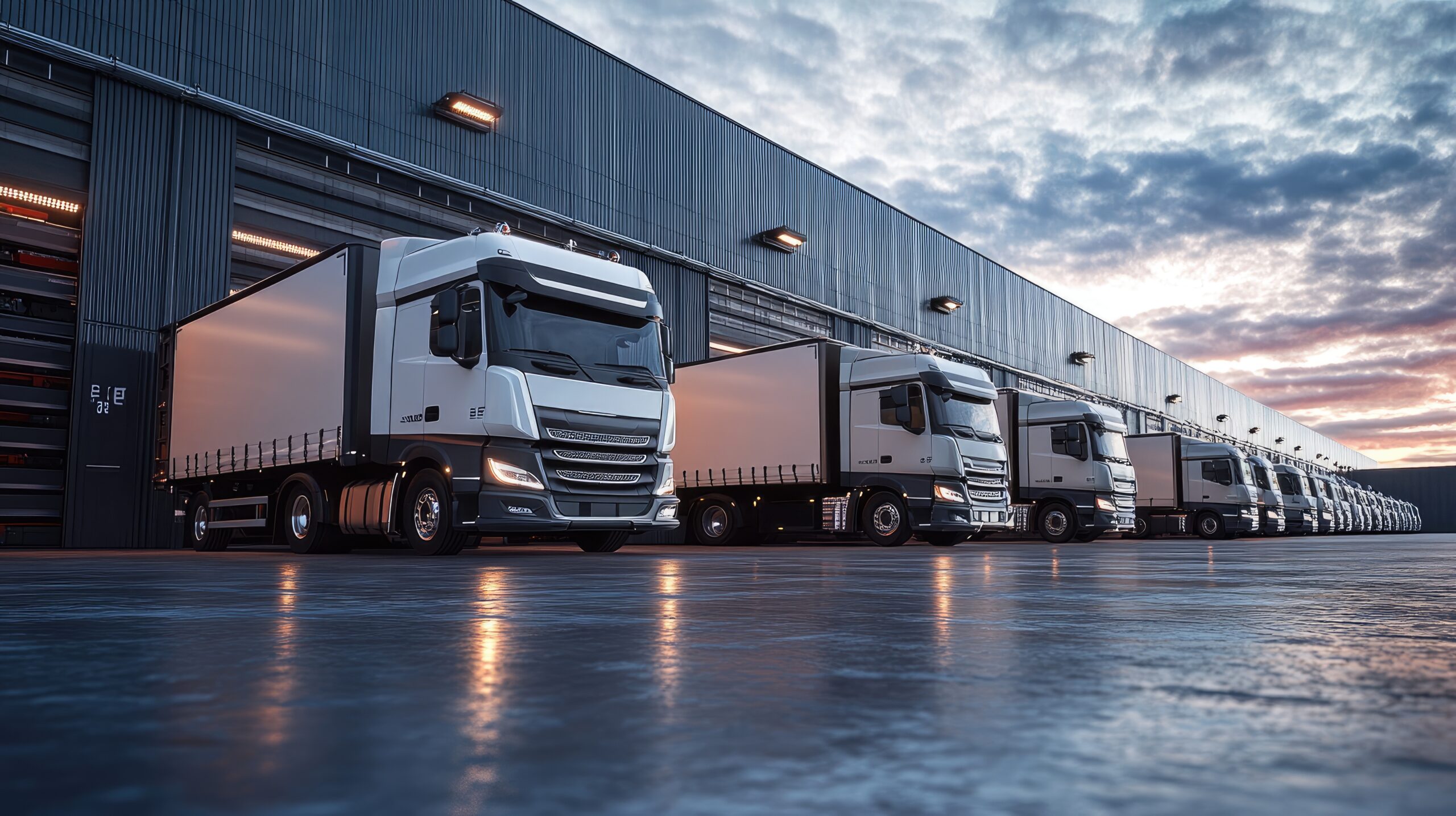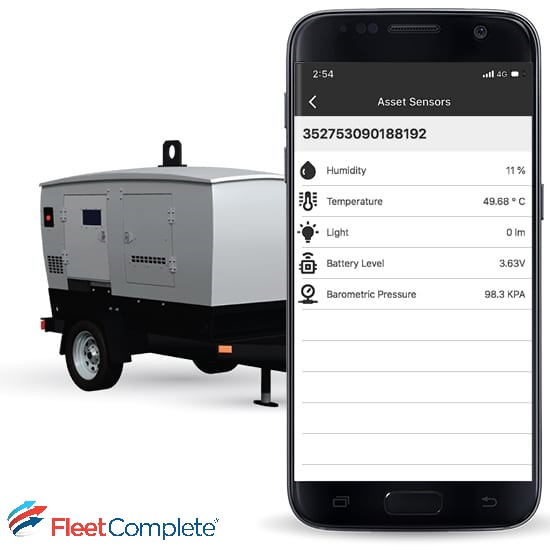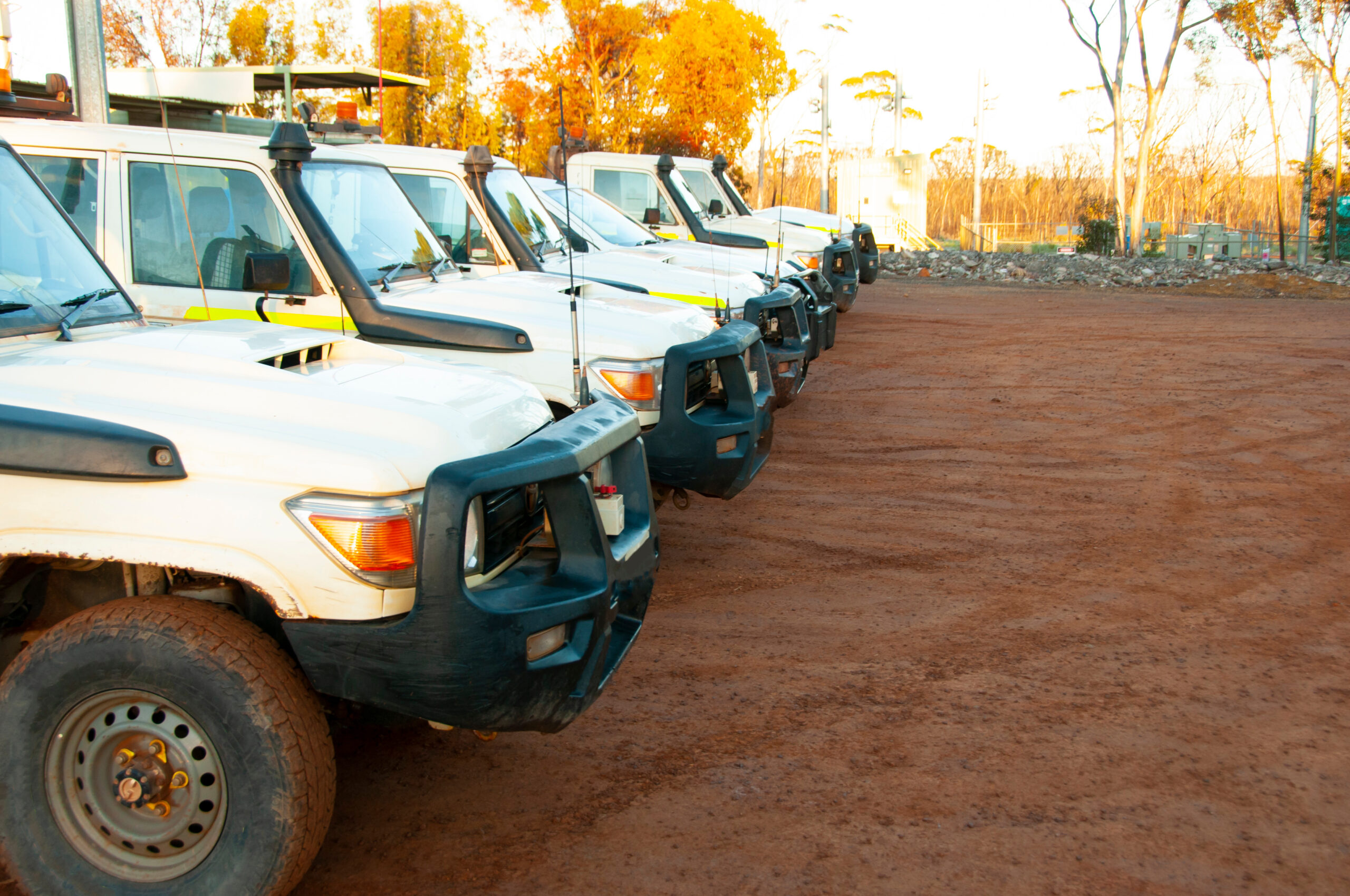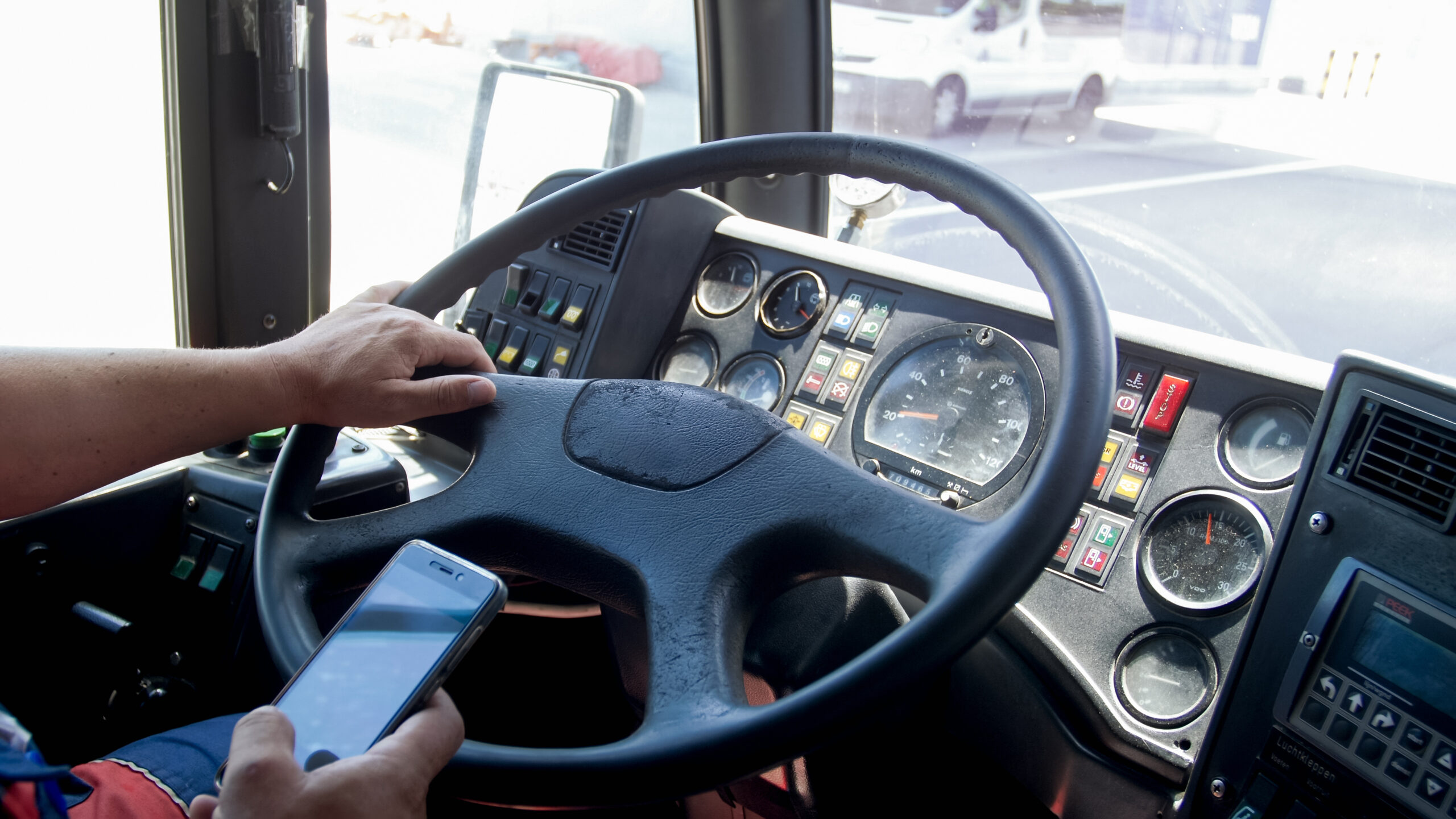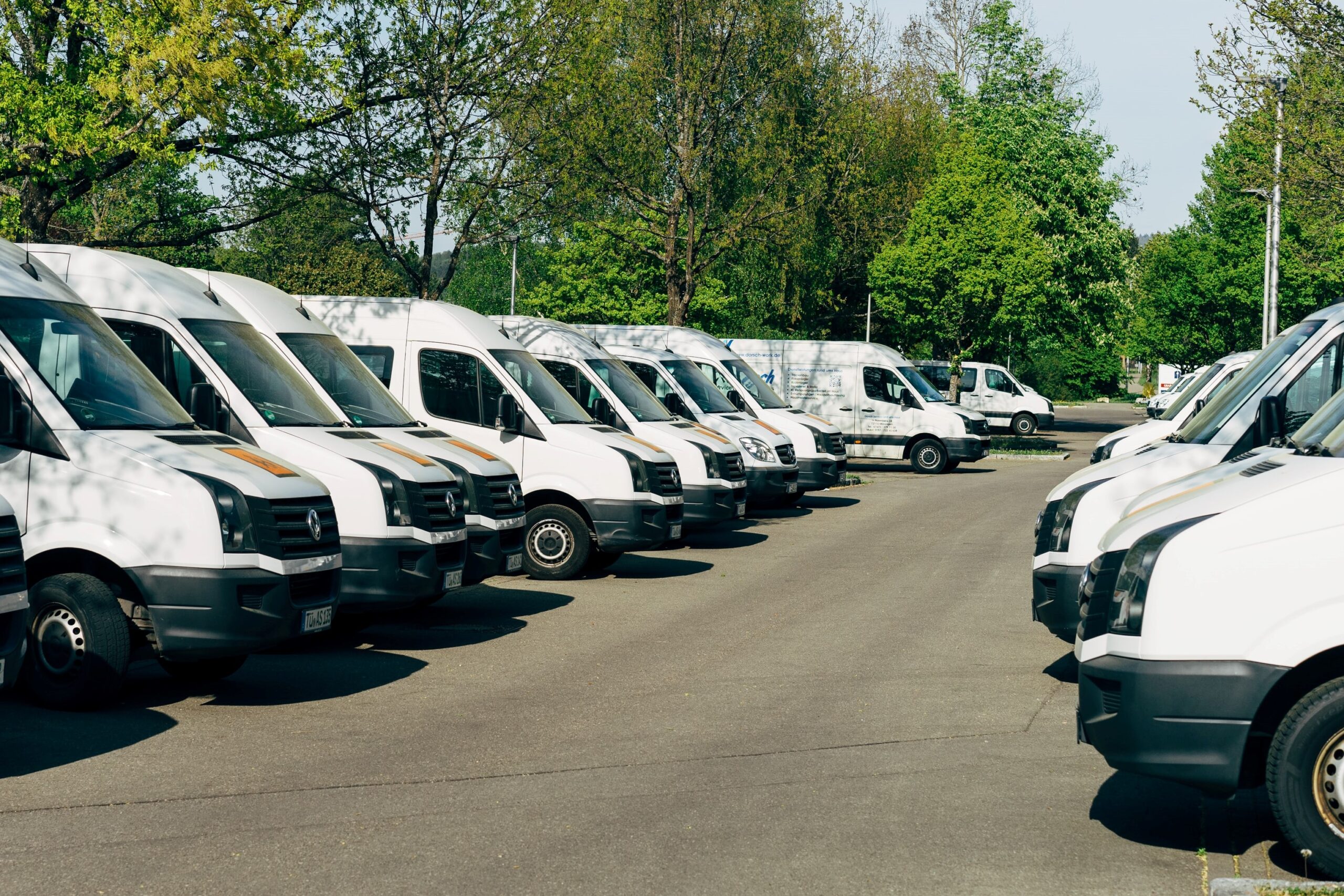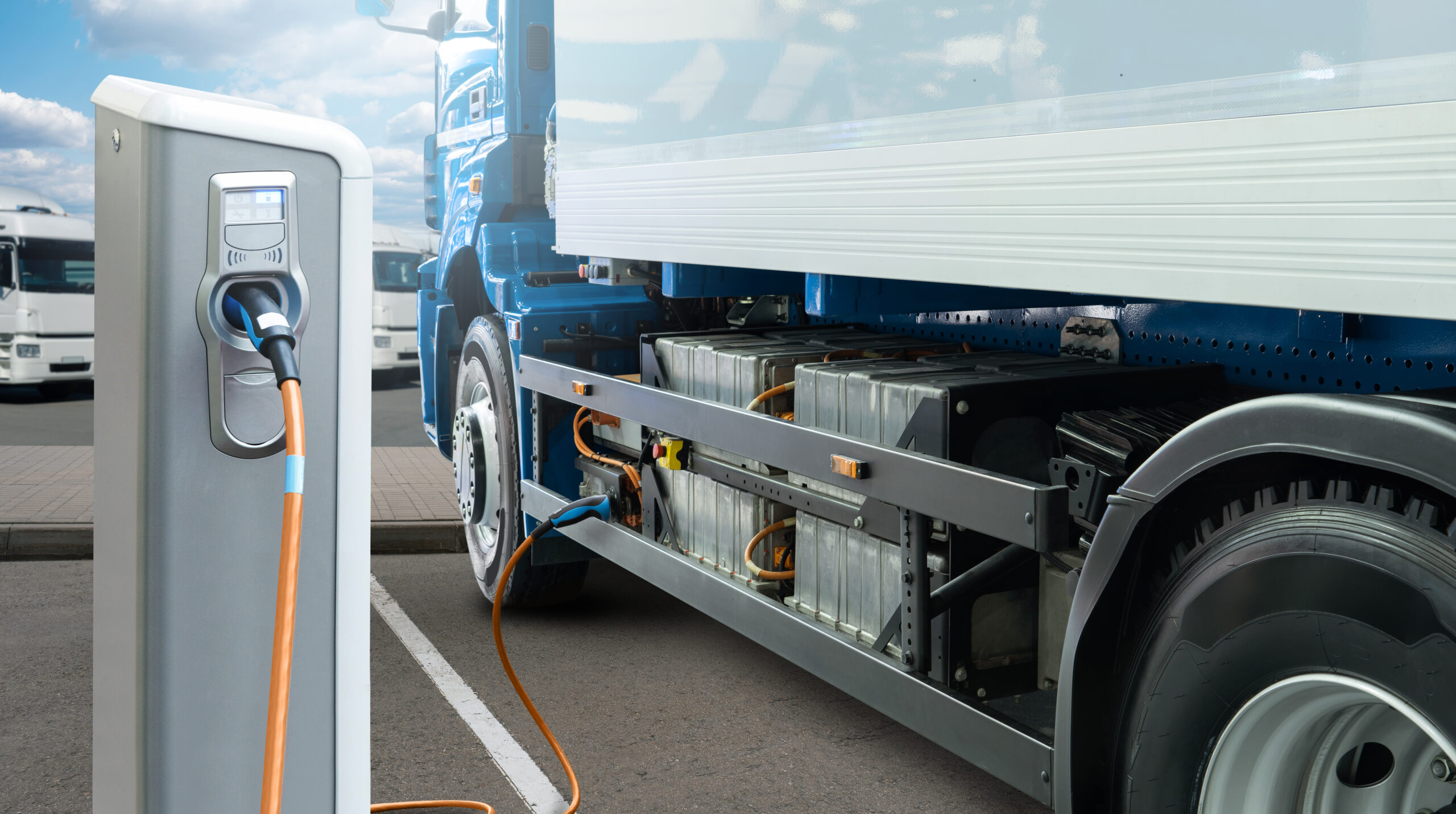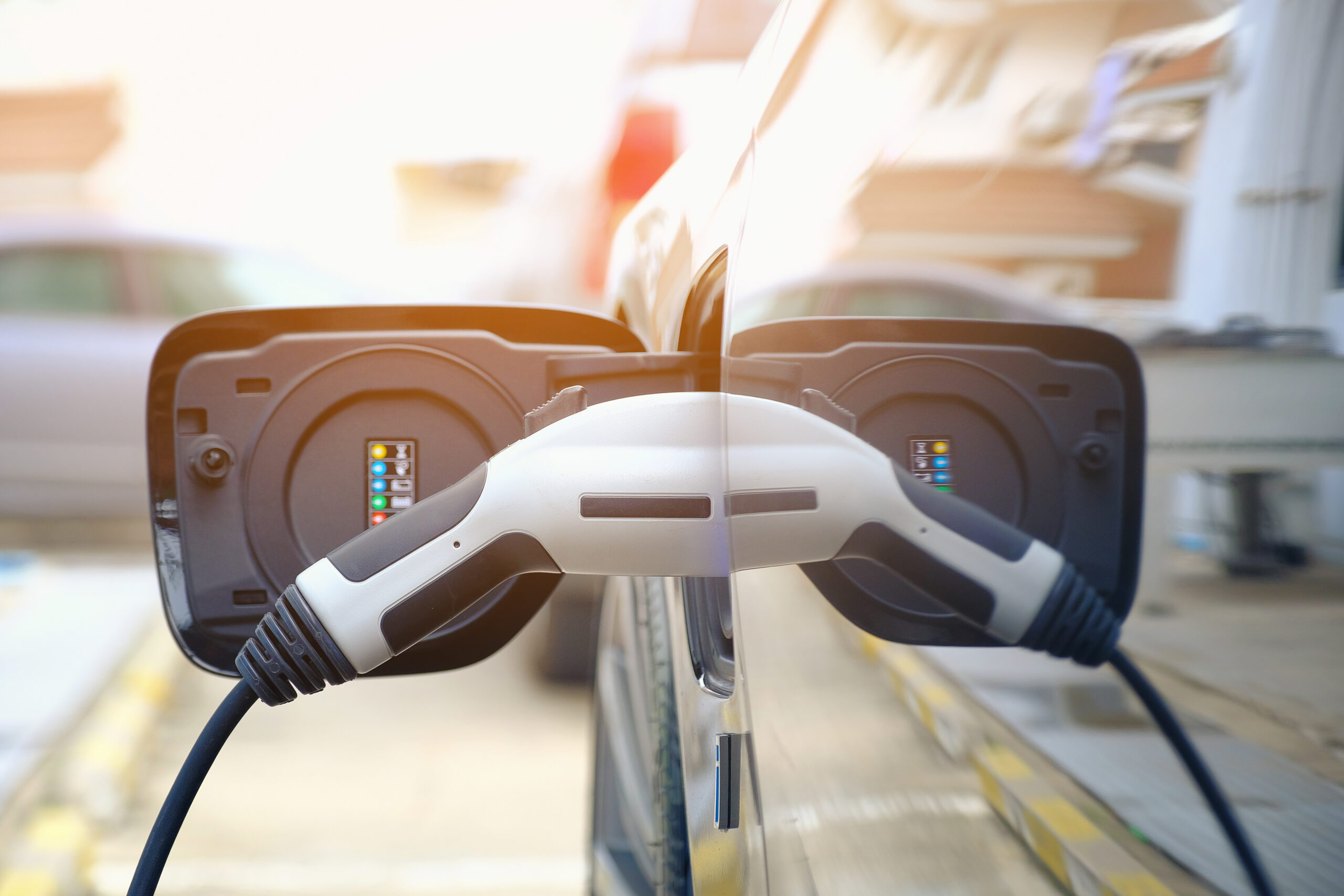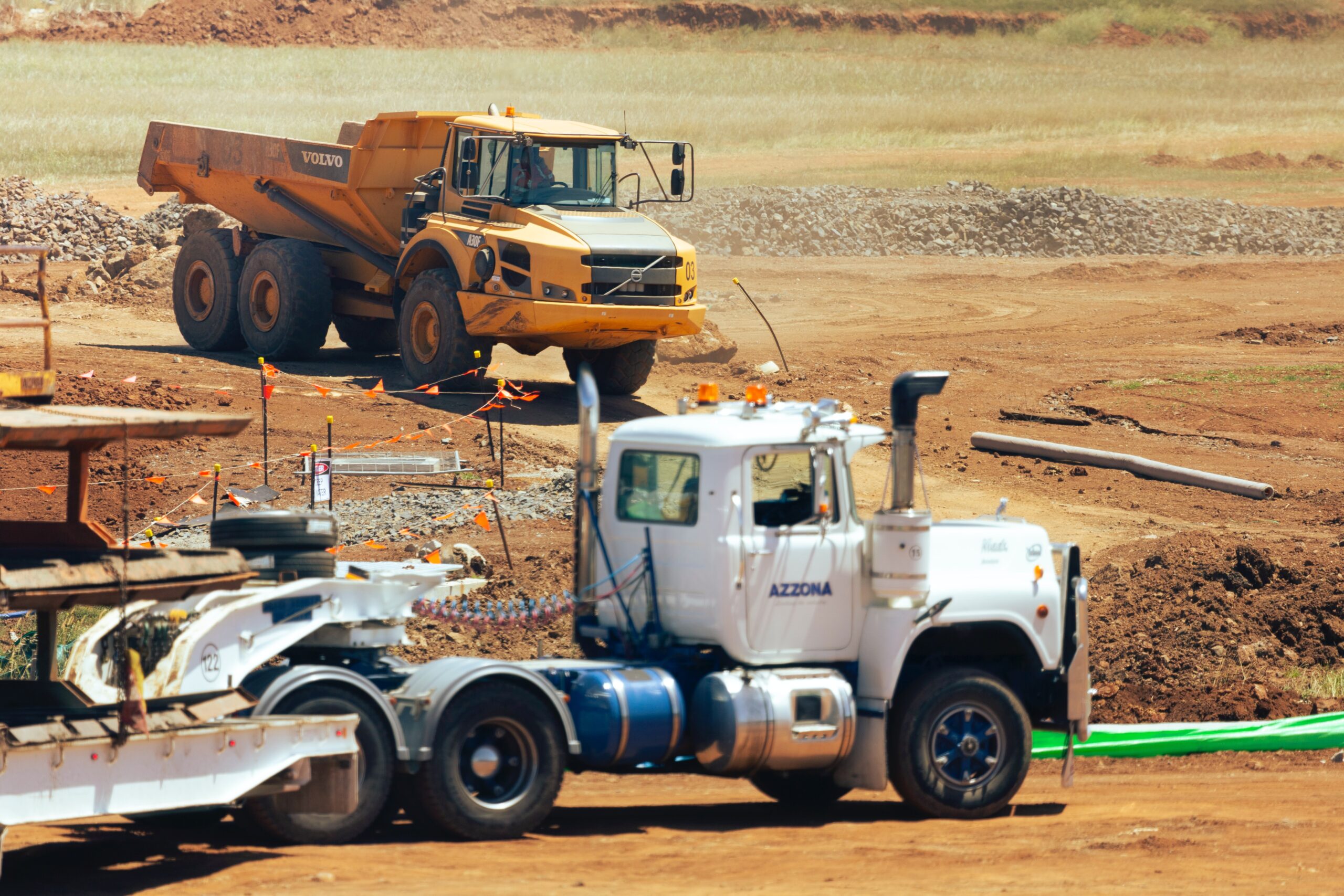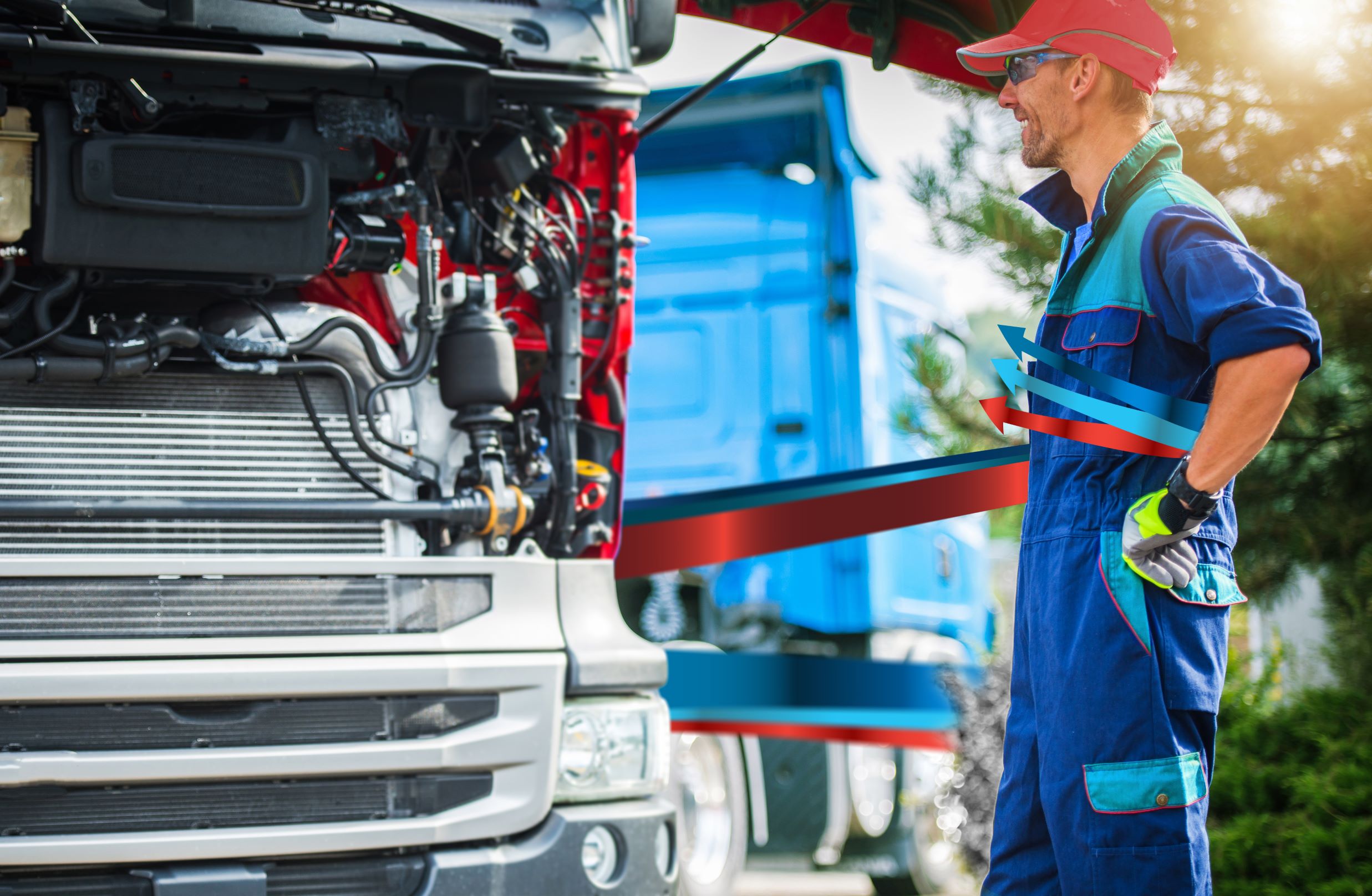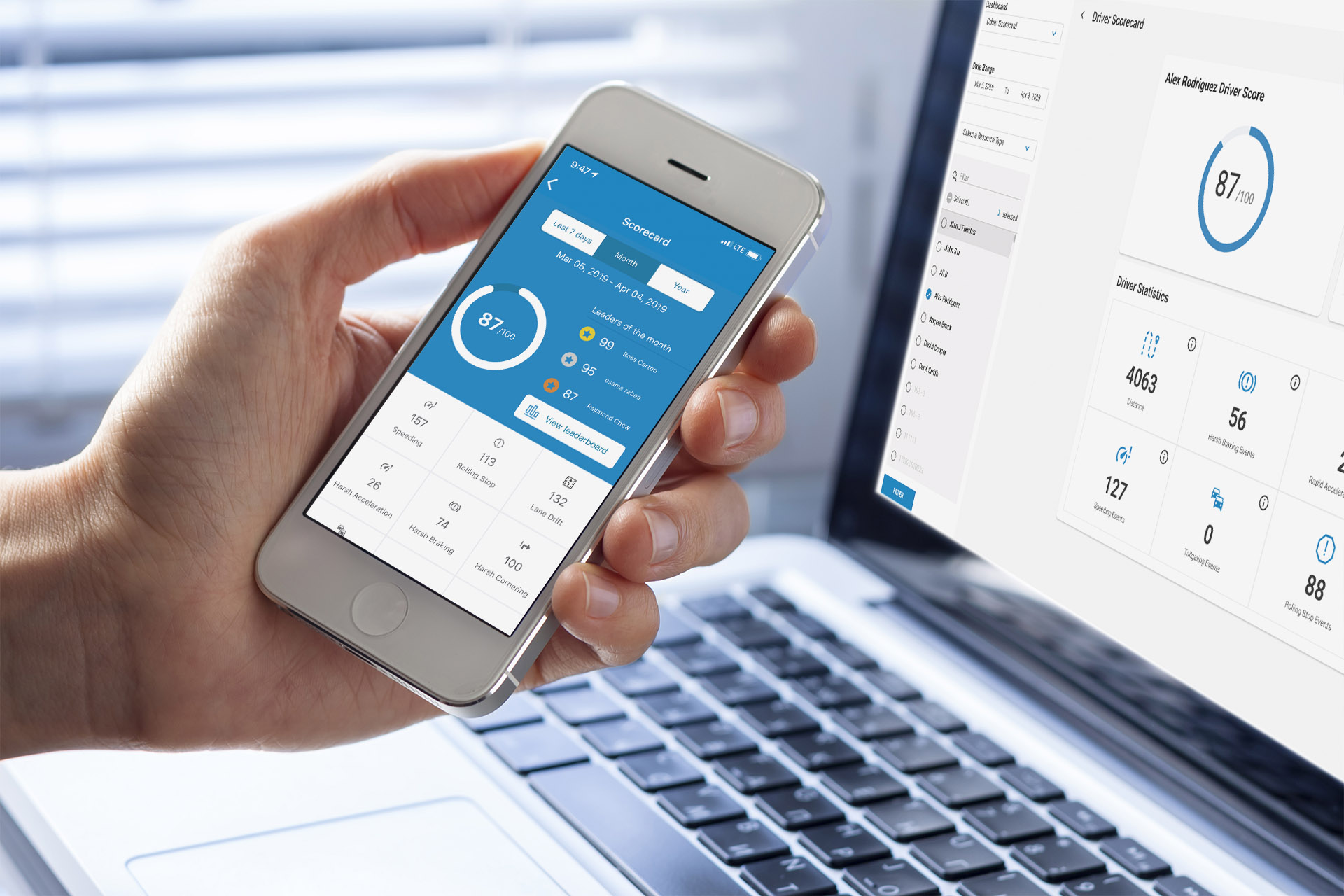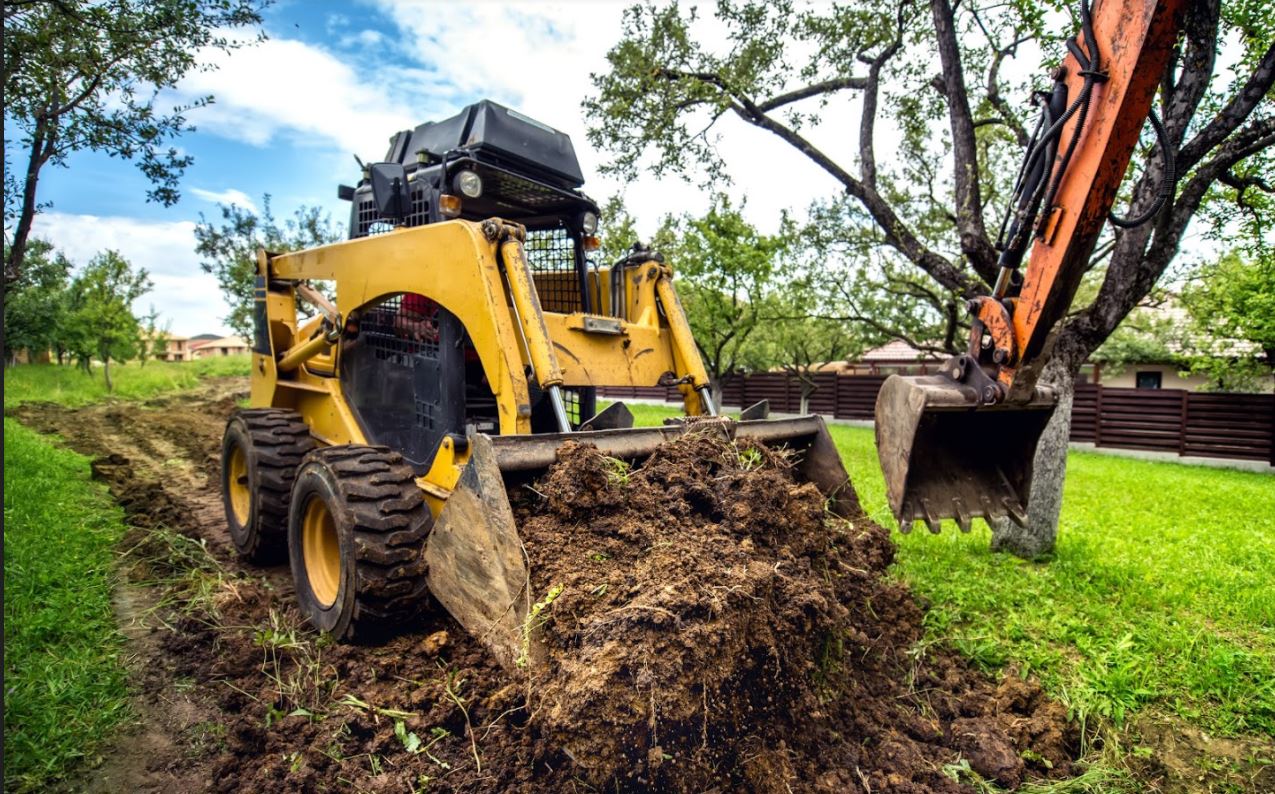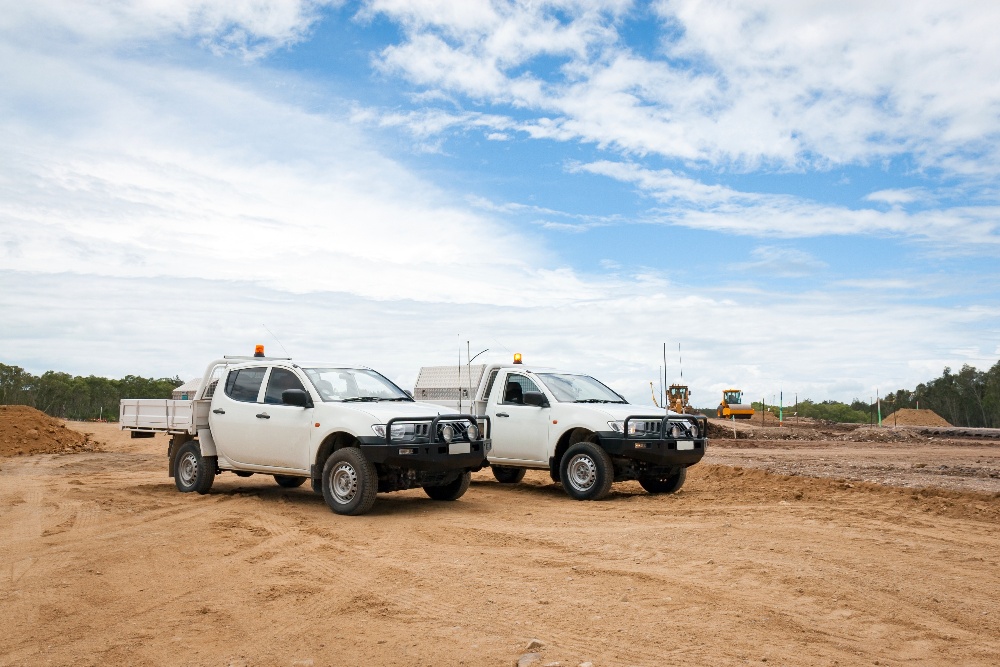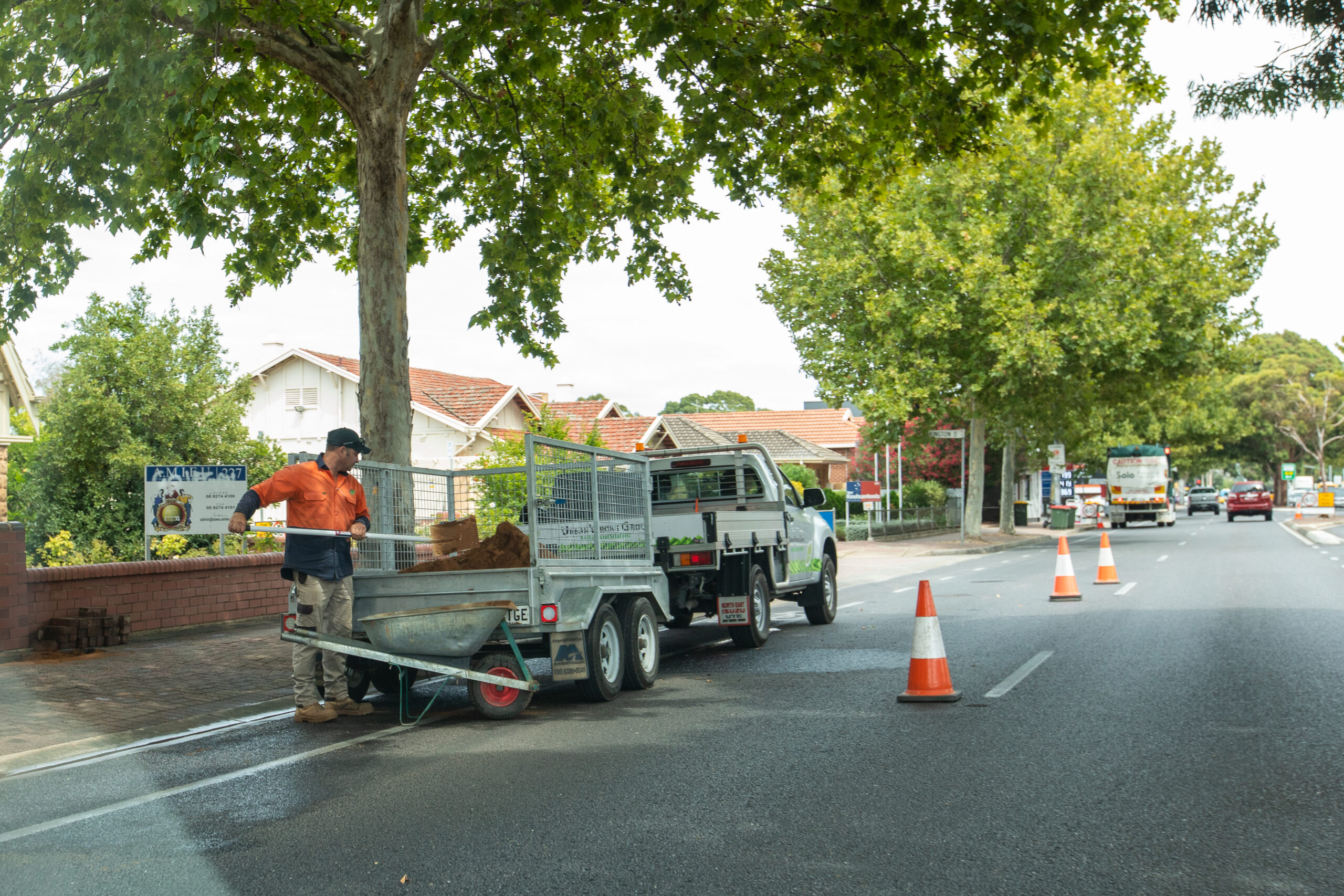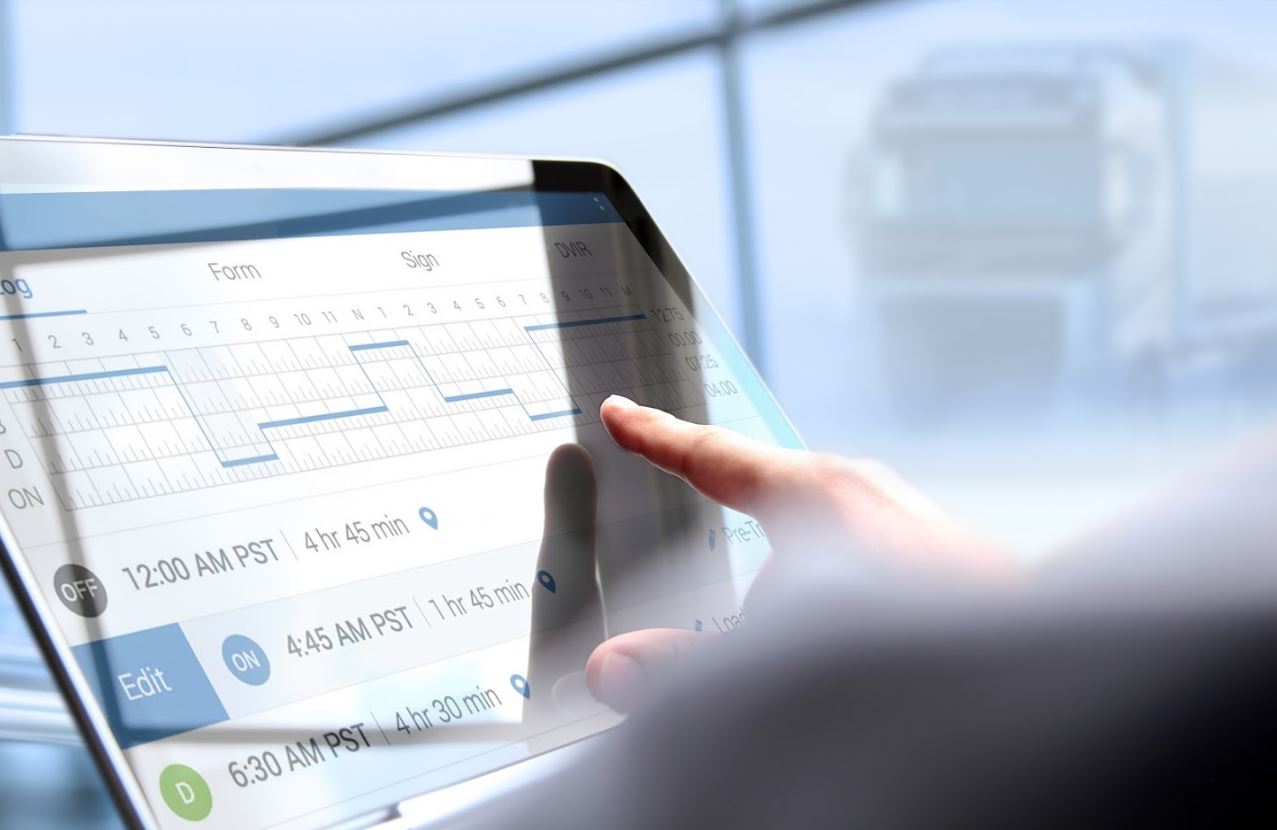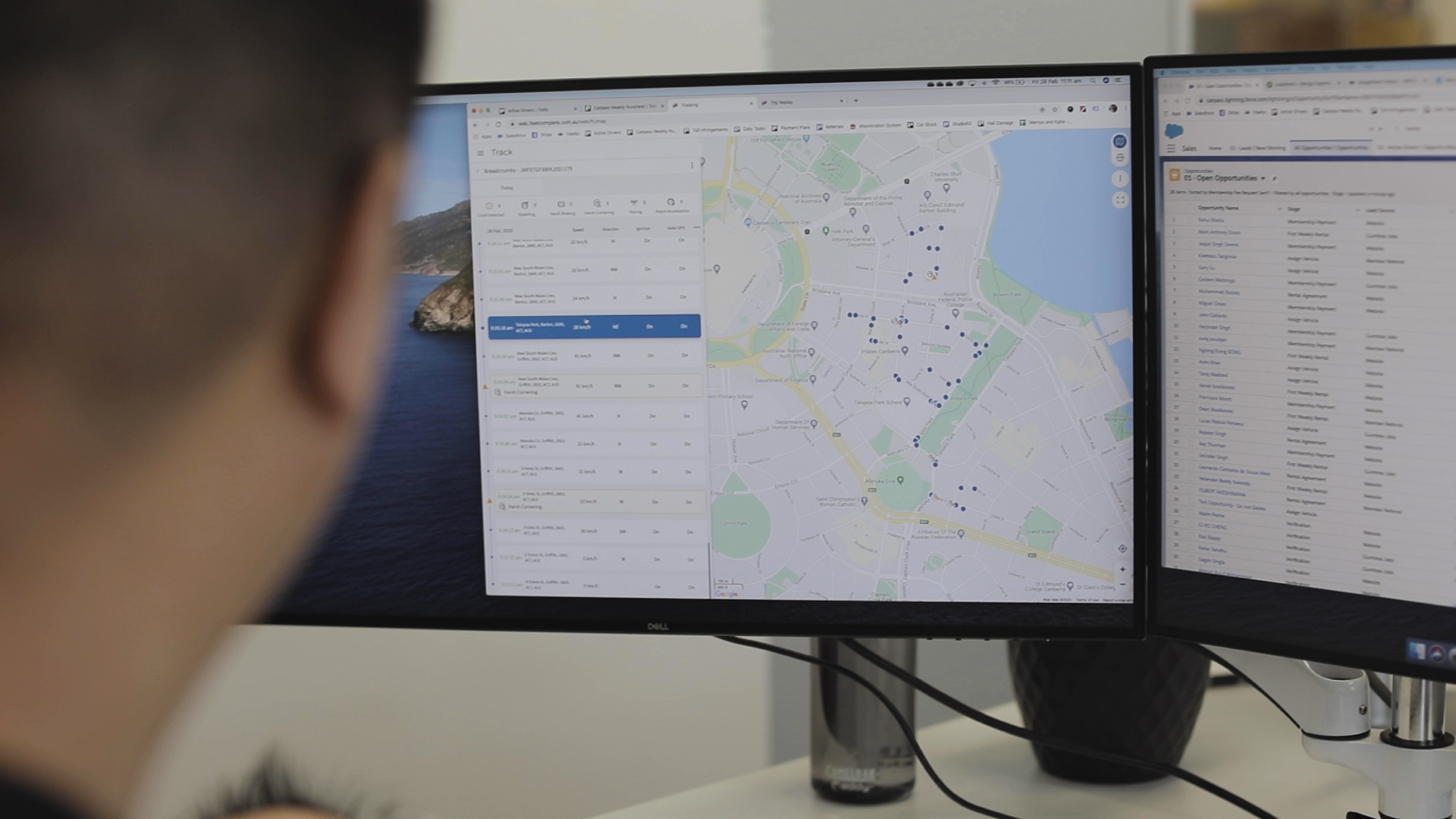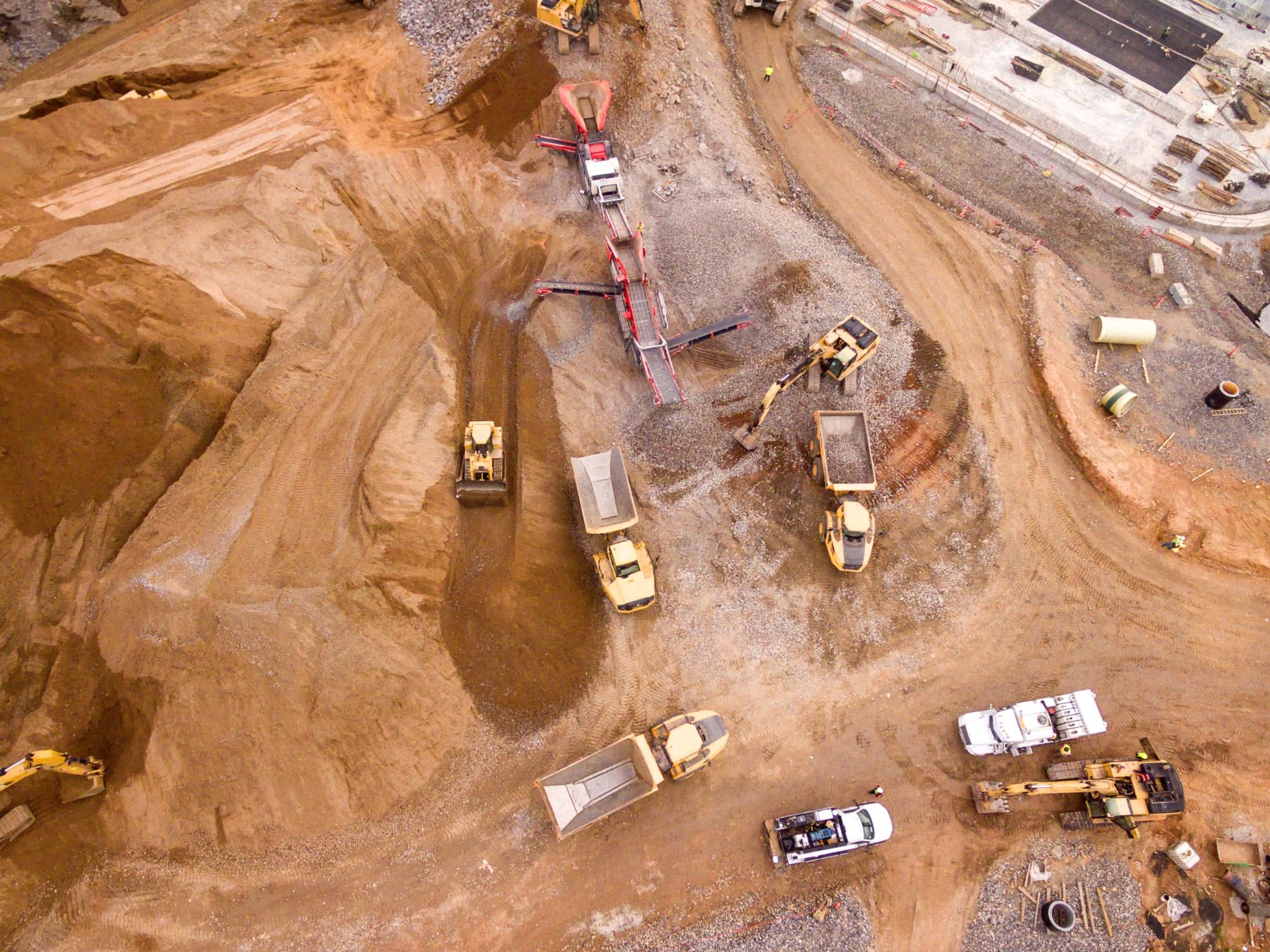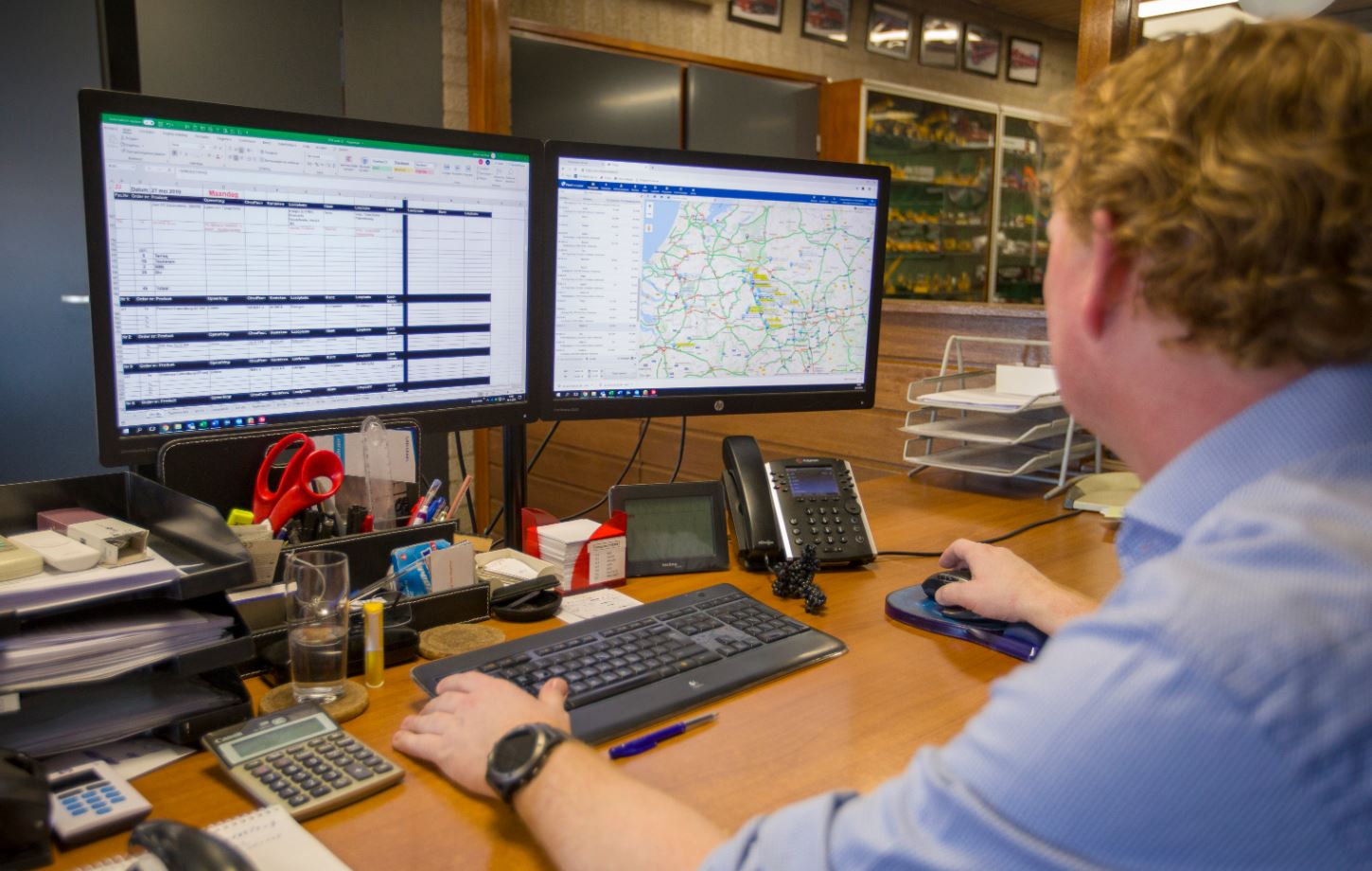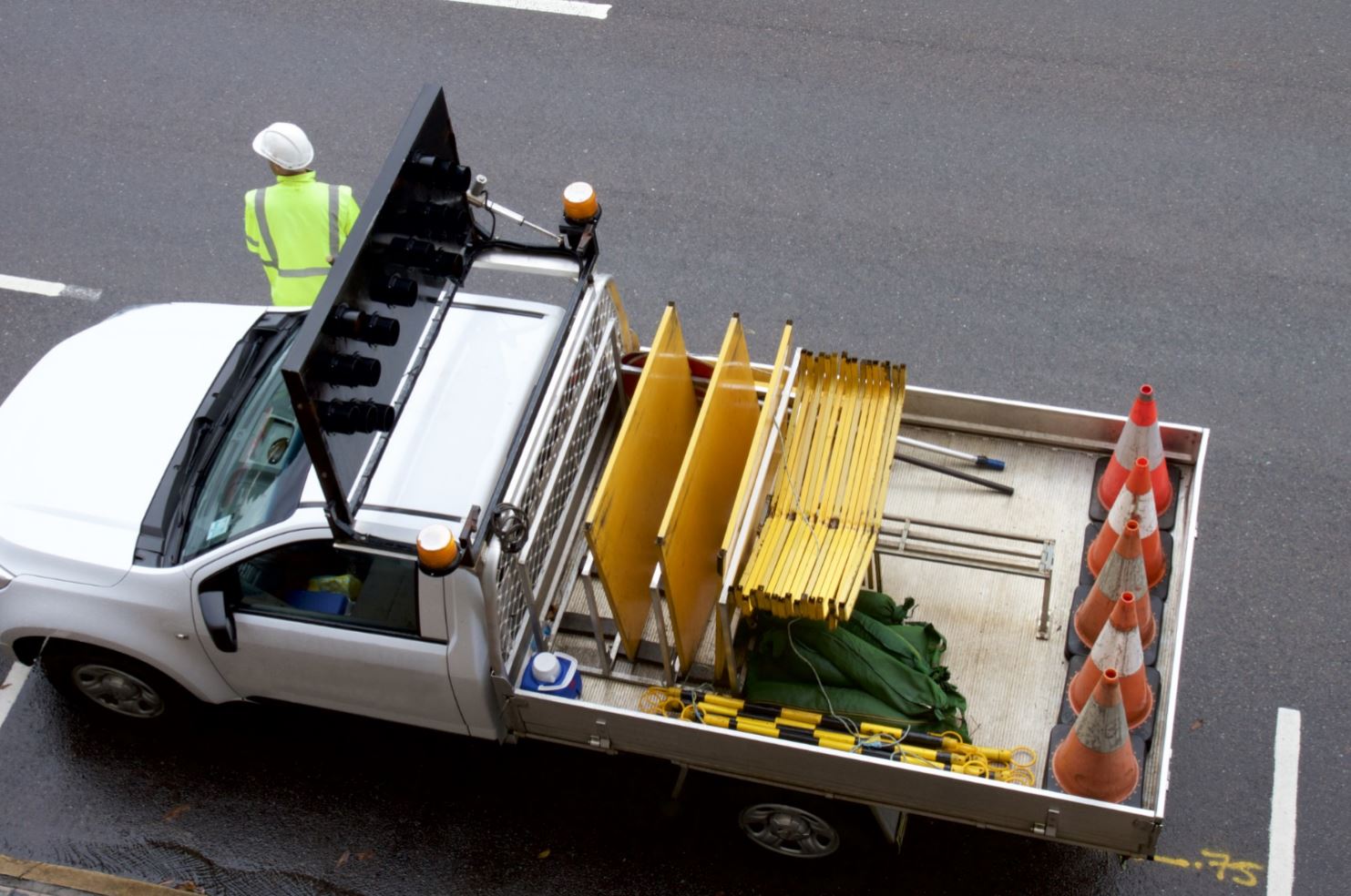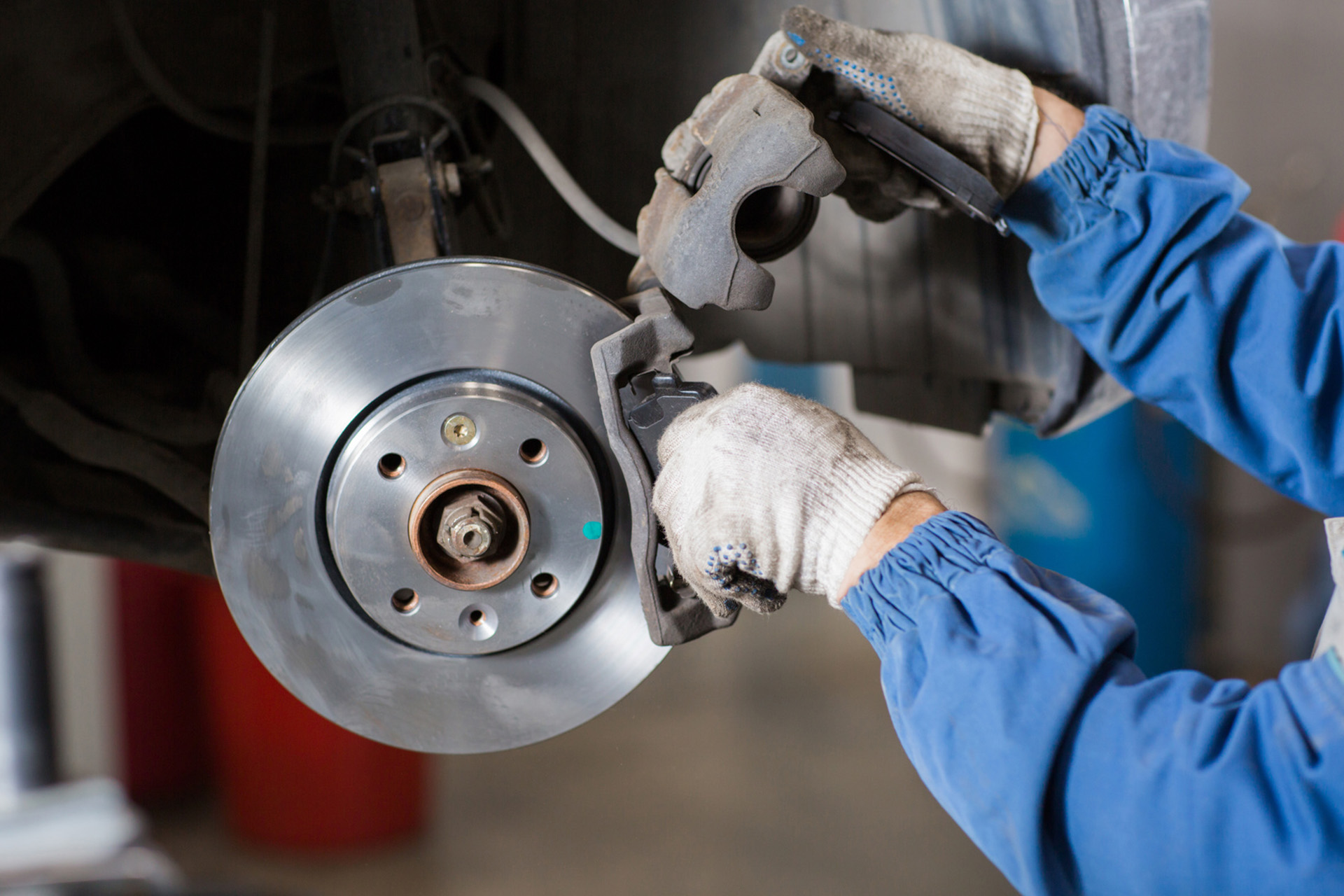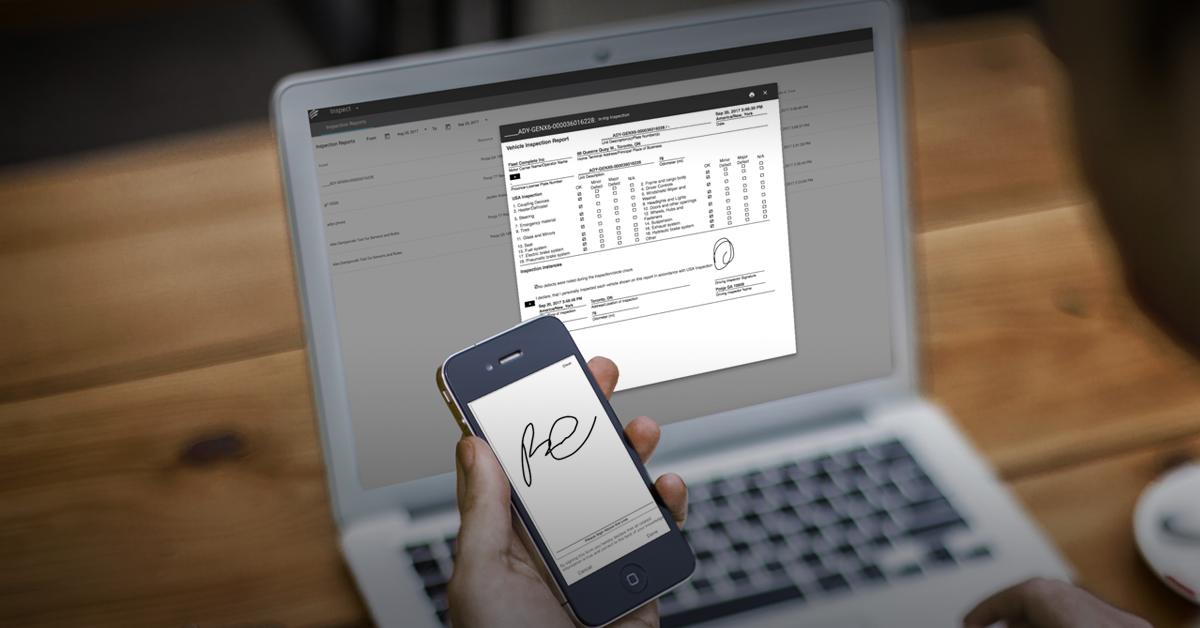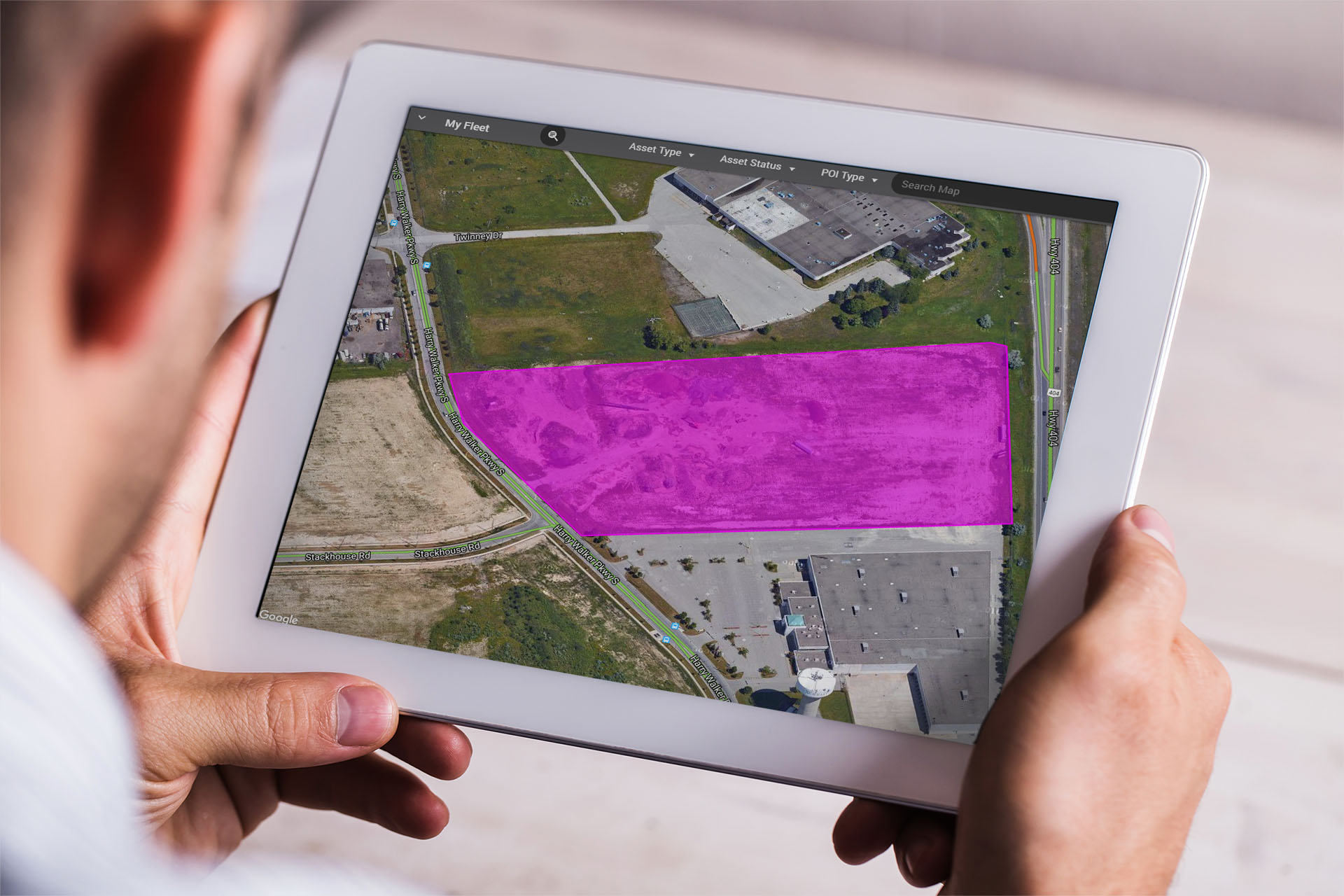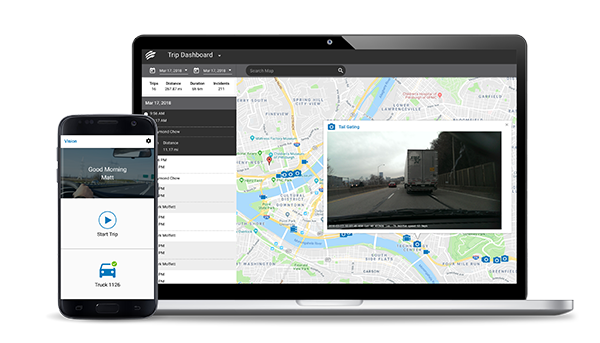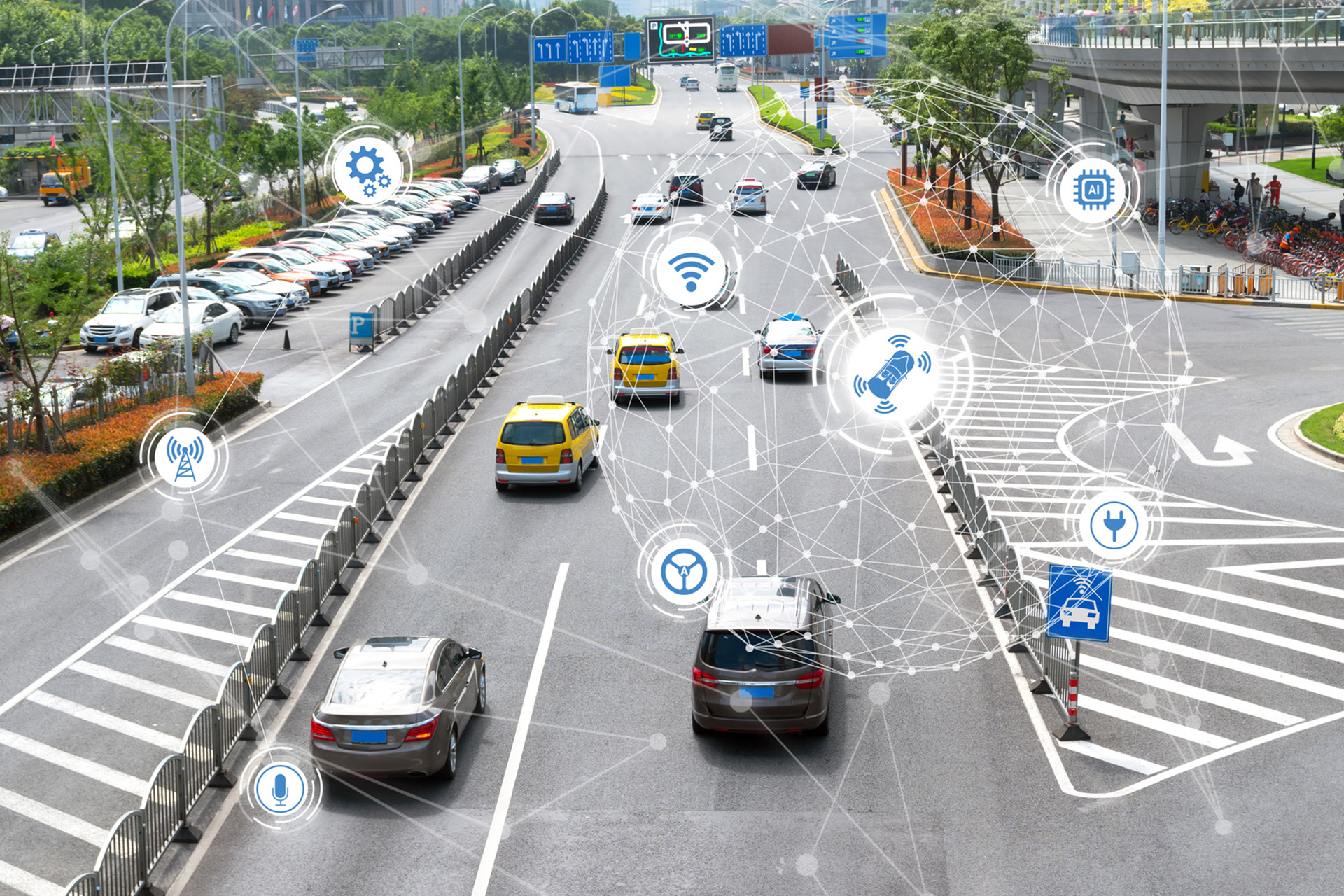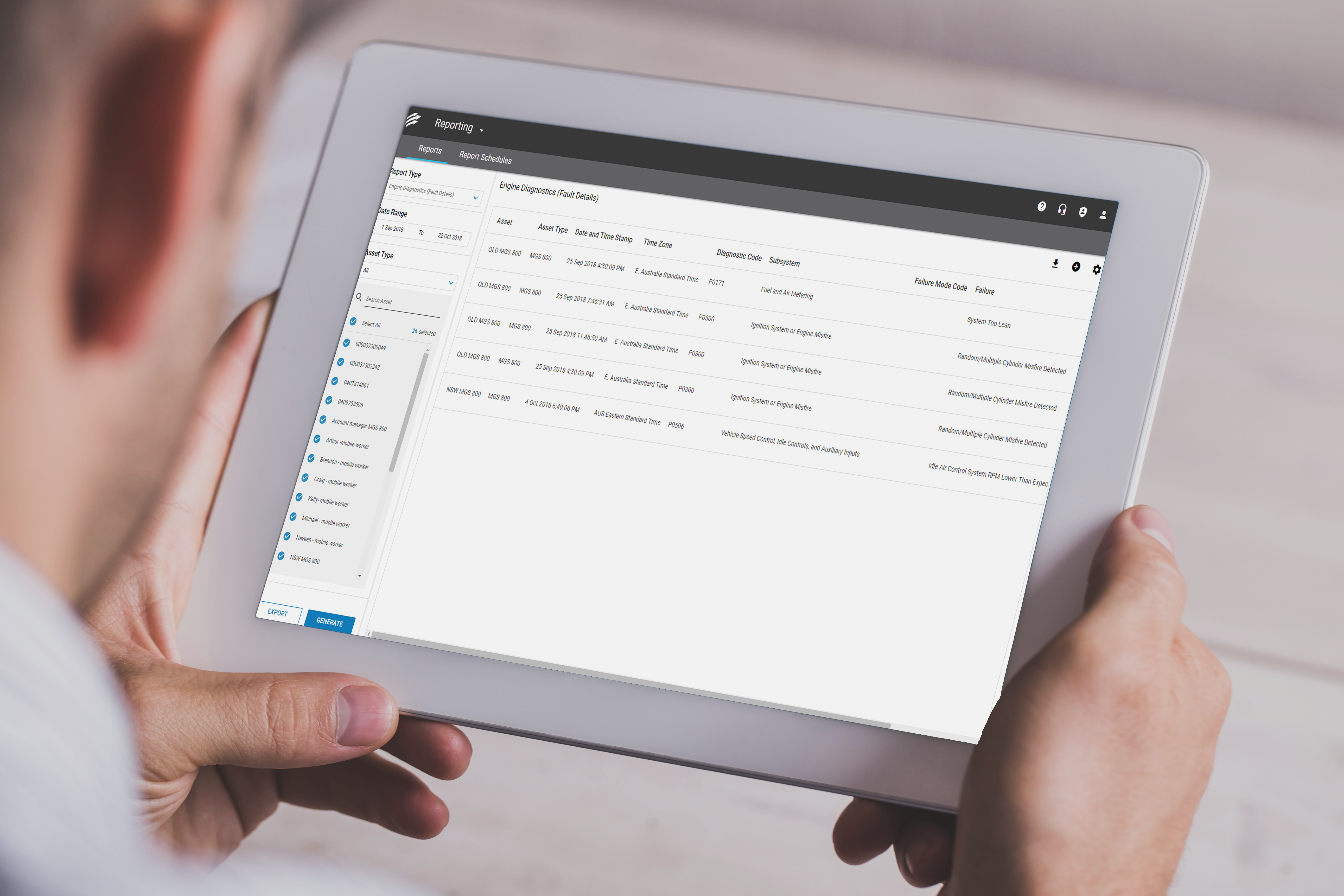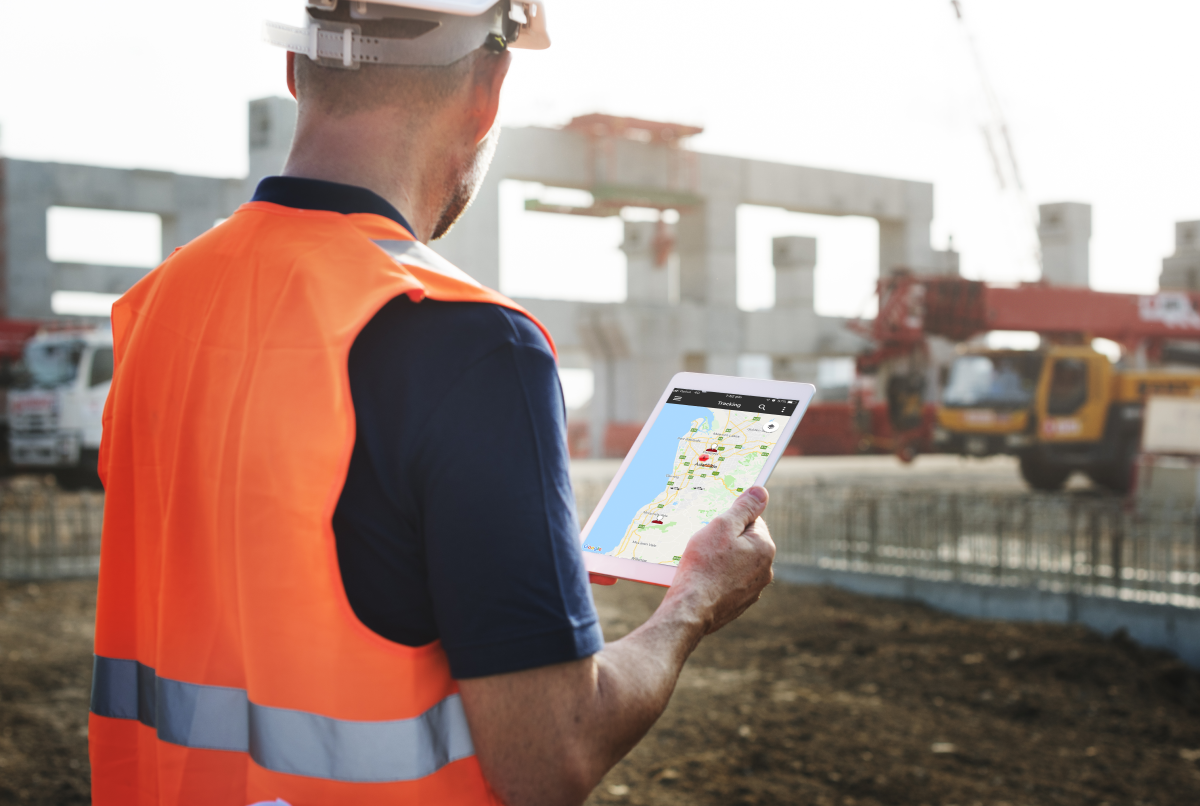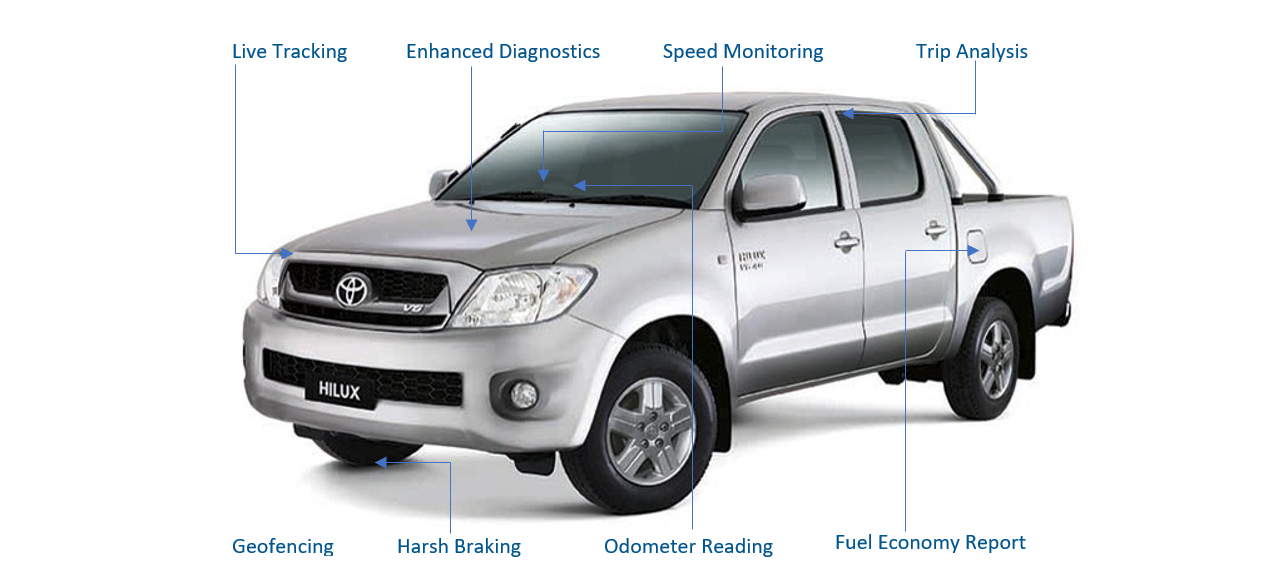The fleet management industry is facing significant changes in 2020. MarketsandMarkets predicts the global fleet management industry will grow from $15.9 billion to $31.5 billion by 2023. A large driver of this growth is the ongoing need to improve operational efficiency to speed up delivery times and move more business. Solutions and trends, including the leap to the 5G network, telematics and tracking, Mobility-as-a-Service (MaaS), automation, and cybersecurity are playing a large role in reducing operational costs for fleet managers and owners. Below, we’ll discuss these top 5 fleet management trends for 2020.
1. The 5G Network
As we begin shutting down 3G networks, cars, trucks, smartphones and smart devices are looking to jump into 5G – the latest generation of the mobile network. 5G will be a major tech revolution for the automobile and fleet management industry.
The 5G network is not a simple upgrade from 4G. It can be 100 times faster with lower latency. A significantly large number of devices (up to 100 times more) can simultaneously connect to the network in a given area as well. Overall, the 5G network will boost bandwidth, capacity, and reliability.
What’s interesting is that the 5G network will also open a lot more doors for other innovative technologies. Since 5G allows many more devices to connect at once, it allows many more smart connected devices to come online, showing the full potential of Internet of Things (IoT). As for 5G and telematics, the 5G network can allow the streaming of aggregate data at a millisecond level. 5G networks are currently beginning to go live in Australia and across the world.
2. Telematics and Tracking
When it comes to telematics and tracking, most GPS tracking devices can already identify a driver’s real-time location, driving schedule, driver journey, and can even help drivers maintain safe driving practices.

2020 will be the year where further technological developments emerge. Fleet management software will gradually integrate voice capabilities and include more robust data analytics and an increasing use of Artificial Intelligence (AI). Providing accurate and in-depth data is a vital aspect that can help both fleet managers and employees make smarter decisions quicker.
Over time, these tools will pair with AI and machine learning to help fleet owners communicate seamlessly with other stakeholders, like managers, employees, and customers. While it’s still too early to say when commercial AI and machine learning will fully integrated with telematics and tracking, these features are being trialed as we speak. They will, therefore, likely be released over the next few years.
3. Mobility-as-a-Service (MaaS)
Improvements in telematics and tracking can revolutionize the way we deliver and transport our goods. Telematics and tracking enabled ride-sharing will become commonplace in the personal transportation industry. Many organisations in the commercial transportation industry are already looking to trial mobility-as-a-service for their fleet of trucks.
According to Fleet News, as MaaS grows in popularity, fleet managers will have the ability to customise their services. Fleet owners and managers may experiment with company-owned vehicles, and even rent or lease other vehicles. MaaS will challenge the traditional approach, forcing fleet owners and managers to rethink their processes in fleet management. Vehicle sharing can help put idle vehicles to use, unburden financial budgets, and reduce carbon footprint. Key fleet metrics will also evolve shifting from vehicle numbers and data to factors like timing, journey success rates, attendance rates, and annual cost.
4. Automated Vehicles
Automated vehicles are currently being tested all around the world. Unfortunately, it’s highly unlikely to see full automation and self-driving trucks on the streets in 2020. However, there will be new automation-related features that can analyse, sort, and manage data. Engineers are also working on connected cars and how they can undergo a self-diagnosis, monitor health, and predict future maintenance requirements.
2020 will also be the year where we look at transitioning to autonomous vehicles when they enter the market. There are many different phases when it comes to automation. According to WardsAuto, figuring out how to manage automated vehicles at each stage will be a significant challenge in our journey to the driverless era.
5. Cybersecurity
Did you know that there are over 100 million lines of code in modern automobile software? As improvements in telematics, tracking, and automation grow, fleets will collect, hold, and store more data over time. It is, therefore, important to protect the data, as any flaw or breach in the system can lead to safety issues.
According to Automotive Fleet, the increase in data will lead to increases in cybersecurity. In fact, many fleet managers are now upskilling in IT, as they shift from tactical management to strategic management and decision-making. Collecting and evaluating data will increasingly become a critical aspect of their jobs.
“IT security and data security is going to be important, as more and more information needs to change hands, you have to make sure it’s secure, the privacy aspect surrounding it, you have to make sure that stuff doesn’t fall into the wrong hands,” explained Mike Hardesty from Mike Albert Fleet Solutions. “I think that’s the direction, in general, you’re going to see a lot of things happen in fleet[s]. It’s all going to be about the data and protecting it, understanding IT and accessing that data, I think that’s really the wave of the future.”
There’s no denying that times are changing for the global fleet management industry in 2020. The need to boost operational efficiency has led to multiple solutions around the fields of telematics and tracking, MaaS, automation, and even cybersecurity. If you’re keen to stay ahead of the curve with state of the art telematics and tracking technology, click here to request our Fleet Complete demo.






